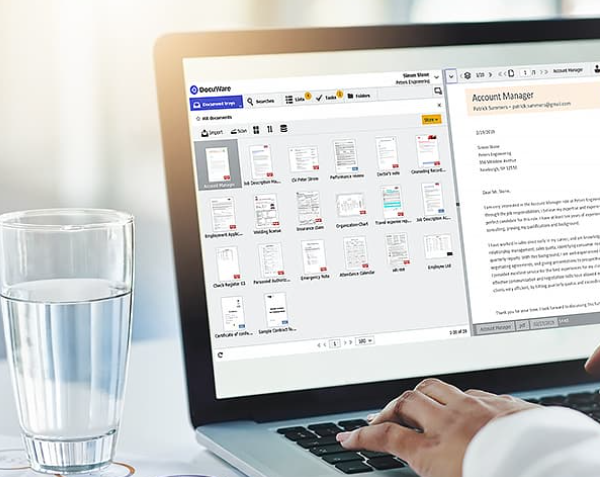Exploring the Key Functions of Document Management Tools

Managing documents efficiently is crucial for organisations to streamline workflows, enhance collaboration, and ensure compliance. Document Management Tools (DMTs) have become indispensable assets, offering a myriad of functions designed to optimize document handling. In this blog, we will delve into the key functions of Document Management Tools and how they contribute to organisational success.
Document Capture and Scanning:
Document Management Tools often come equipped with robust scanning capabilities. They allow organisations to convert physical documents into digital formats, enabling easier storage, retrieval, and sharing. Advanced optical character recognition (OCR) technology ensures accurate text extraction, making scanned documents searchable and editable.
Centralised Document Storage:
One of the primary functions of DMTs is to provide a centralised repository for all documents. This not only ensures easy access but also helps in organising files systematically. Version control features further prevent confusion by tracking document revisions and changes.
Document Indexing and Metadata Management:
Efficient document indexing is crucial for quick and accurate retrieval. DMTs enable users to assign metadata to documents, such as keywords, tags, and categories. This metadata facilitates robust search functionalities, allowing users to find specific documents swiftly.
Access Control and Security:
Document Management Tools prioritize data security. They offer access control features, allowing organisations to define user roles and permissions. This ensures that only authorized personnel can access sensitive documents, thereby safeguarding confidential information.
Collaboration and Workflow Automation:
Facilitating collaboration is a hallmark of DMTs. These tools enable seamless document sharing, editing, and commenting, promoting teamwork. Moreover, workflow automation features streamline business processes by automating repetitive tasks, reducing errors, and improving overall efficiency.
Version Control and Document Auditing:
Keeping track of document versions is essential to avoid confusion and maintain accuracy. DMTs automatically manage version control, allowing users to view and revert to previous versions if necessary. Additionally, document auditing features track user activities, providing a detailed log of who accessed, modified, or shared a document.
Integration with Other Tools:
To enhance versatility, DMTs often integrate with other productivity tools such as email, project management, and customer relationship management (CRM) systems. This integration simplifies document handling by allowing users to access and manage documents directly within their preferred platforms.
Mobile Accessibility:
In the era of remote work, mobile accessibility is paramount. Document Management Tools provide mobile apps or responsive interfaces, enabling users to access, edit, and share documents on the go. This ensures productivity regardless of the user’s location.
Conclusion:
Document Management Tools play a pivotal role in modernizing document handling processes. By offering features like document capture, centralized storage, access control, collaboration, and more, these tools empower organizations to navigate the digital landscape efficiently. As businesses continue to evolve, investing in robust Document Management Tools becomes not just a necessity, but a strategic imperative for success in the dynamic world of information management.
For more information on document management tools and how we can help contact us today!



















